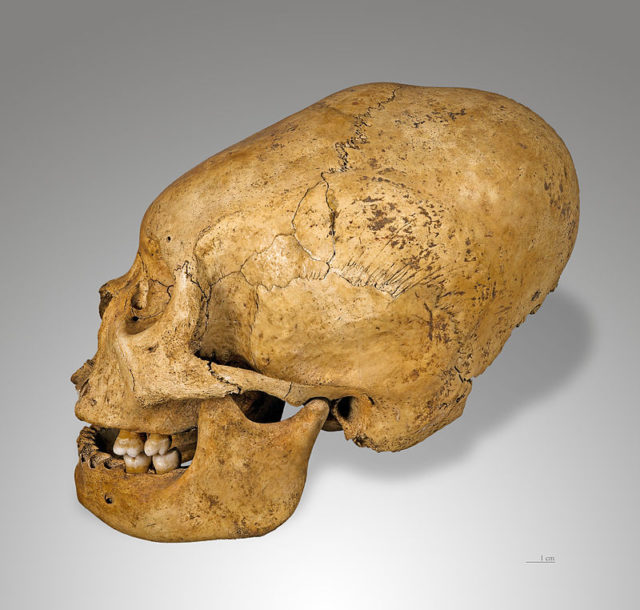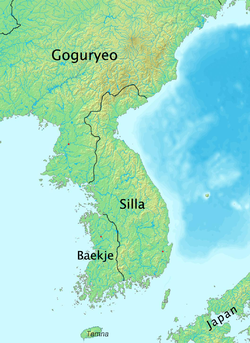The remains of a woman with an unusually elongated skull have been discovered in Korea. The bones are between the age of 1,000 and 2,000 years old, yet the woman’s head looks to be far longer than would generally be anticipated during this era and during every other time frame as well. In spite of this abnormal appearance, examiners say it was unlikely that this woman had her cranium purposefully flattened; she might have been suffering from a medical disorder. When the woman’s facial features were pieced together and the head shape was exposed, she was declared a dolichocephalic, which indicates her cranium’s width was less than 75 percent of its length. Today, ordinary head shapes in the area are broadly different. Modern citizens of Korea are commonly brachycephalic, which indicates their cranium’s widths are at least 80 percent of the head’s length.

Archaeologists believe that the woman was part of the ancient Silla culture, which reigned over much of Korea’s land for nearly a millennium. The researchers originally thought the head might have been intentionally misshapen; but after careful research, they ultimately ruled this option out. This is because the skull did not have flat bones but instead had the characteristics of a naturally curved skull. To further the hypothesis, intentionally deformed skulls have the characteristics of being flat.

The ancient Silla Kingdom ruled from 57 BC to AD 935, making it one of the longest-ruling royal dynasties. Countless Korean modern cultural practices originate from this historic culture. Even though Silla had a long reign, the number of burials with unharmed skeletons remained scarce, said study co-author Dong Hoon Shin, a bioanthropologist at Seoul National University College of Medicine. The skeletons are not preserved well in the soil of Korea. Nevertheless, in 2013, investigators had a lucky break while digging a grave near Gyeongju, the remarkable capital of the Silla Kingdom. Inside an old-fashioned burial coffin, called a “mokgwakmyo”, they discovered the nearly complete bones of a woman who passed away in her late 30s. Examination proposes she was around five feet tall.

To know more about the woman, researchers extracted her mitochondrial DNA, which is passed to descendants from their mothers. The mitochondrial DNA exposed that the woman belonged to a genetic lineage that still exists in East Asia today. Additional analysis of the carbon isotopes in the skeleton showed as well that the woman did not eat meat, which was in line with strict teachings of Buddhism at this period. Even though deficiency from the vegetarian diet occurred, it is almost certain that this eating habit had no correlation with the skull being cone shaped.
https://www.youtube.com/watch?v=lNqlc8-RRy8&feature=youtu.be
